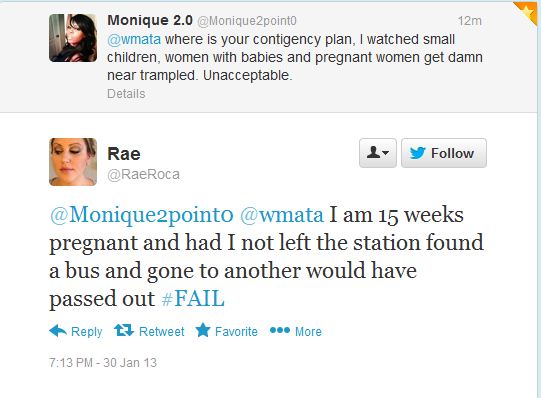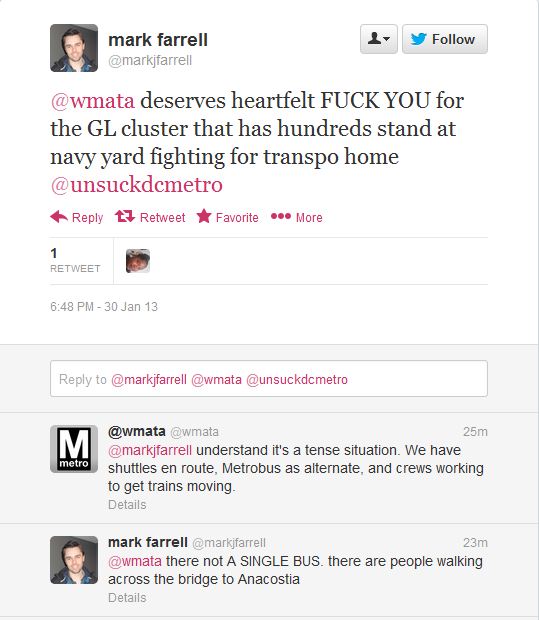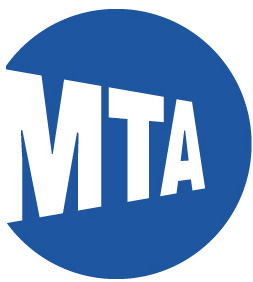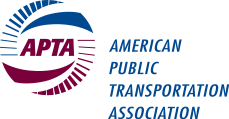#WMATA Caught With Its Pants Down.. Pissed Off Customers Blow Steam on Twitter
Just a couple of hours ago, the premier transit agency in the nation’s capitol (WMATA) suffered a serious service outage on one of the heavily traveled train lines (Green Line). The abrupt disruptions have left many commuters stranded without a way out of the Navy Yard (and Anacostia) area, a major hub for riders employed at many of the facilities, including the US Department of Transportation, situated in the vicinity. Though it was an unexpected situation, #WMATA was a bit slow to respond and got customers ticked (to put it lightly). And the customers have already taken to using social media sharing pics. and tweets from the scene. To WMATA’s credit, the communications team at the agency was trying its best to deal with the situation, which is a bit more heartening than how they did in similar situations in the past. Here is a sample of what’s happening on Twitter as we speak :
Looks like it is going to be a long night for all involved, esp. for the communications team at WMATA. Hope they learn sooner than later to deal with/cool down their customers before they all start flocking to their personal automobiles to get around the town.










